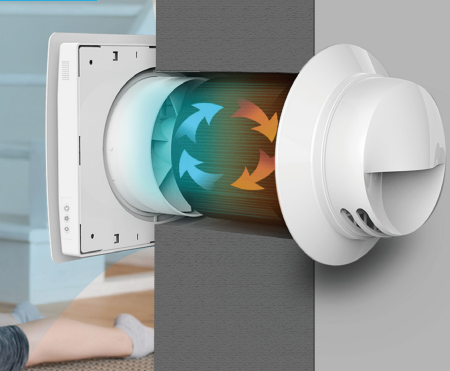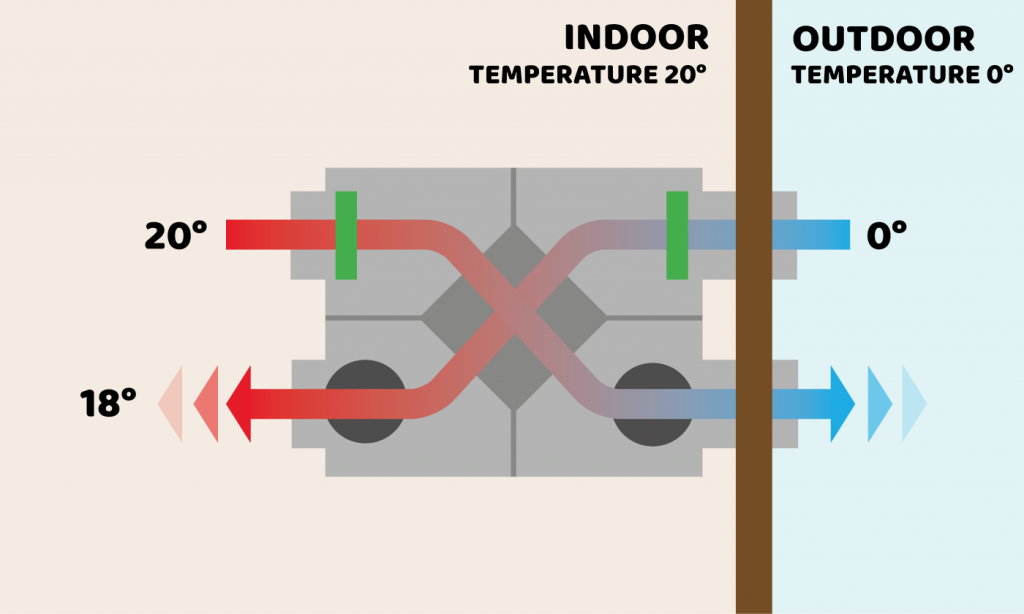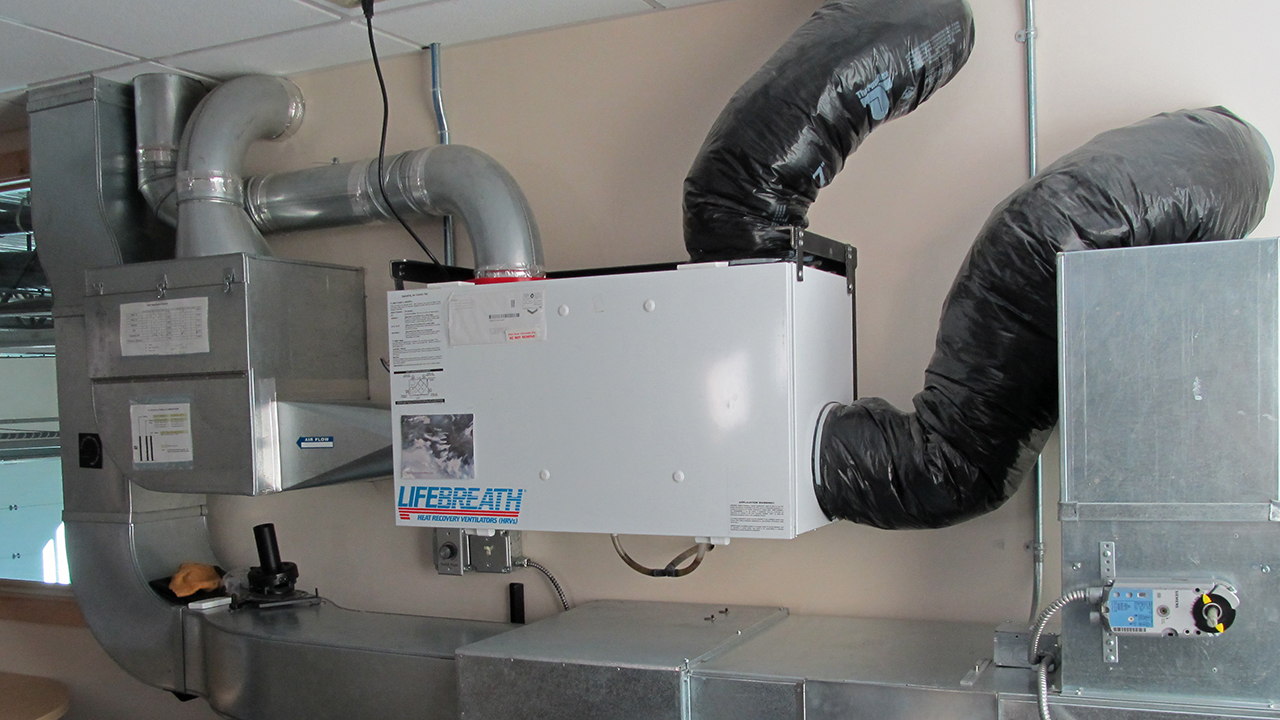HRV Simplified: Everything You Should Know
Checking out the Advantages of Heat Recovery Ventilation for Energy Efficiency in Residences
Heat Recovery Ventilation (HRV) systems provide home owners a useful strategy to improving power efficiency. By reclaiming heat from outgoing air, these systems can considerably minimize heating & cooling expenses. Additionally, they give a stable supply of fresh air, boosting indoor air high quality and convenience degrees. As home owners take into consideration lasting options, comprehending the nuances of HRV systems comes to be increasingly vital. What variables should one evaluate before making such a financial investment?
Comprehending Heat Recovery Ventilation Equipments

How HRV Boosts Indoor Air Top Quality

Power Financial Savings: The Financial Benefits of HRV
Maximizing energy effectiveness, heat recovery ventilation (HRV) systems provide considerable monetary benefits for home owners. By recouping and recycling warm from exhaust air, HRVs considerably decrease cooling and heating expenses. This modern technology can bring about power cost savings of as much as 30%, depending upon climate and use patterns. Property owners typically observe decreased energy expenses quickly after setup, making HRVs a monetarily sensible financial investment in time. Additionally, lots of areas offer incentives or refunds for energy-efficient upgrades, even more enhancing the financial charm. As energy rates remain to increase, the cost-effectiveness of HRVs comes to be significantly clear. Generally, the consolidation of HRV systems not only promotes energy efficiency yet additionally contributes to long-lasting economic cost savings for households.
The Ecological Impact of Heat Recovery Ventilation
A substantial environmental benefit of heat recovery ventilation (HRV) systems lies in their capacity to reduce general power consumption. By recovering warmth from exhaust air and transferring it to incoming fresh air, HRV systems lessen the requirement for energy-intensive home heating and cooling approaches. This reduction in energy demand adds to a fantastic read decrease greenhouse gas emissions, as much less fossil gas is called for to maintain comfortable interior temperatures. Additionally, HRV systems enhance interior air quality by successfully exchanging stagnant air with fresh outdoor air, minimizing dependence on mechanical cooling systems that can hurt the setting. On the whole, the implementation of HRV systems supports lasting living practices and lines up with international initiatives to deal with climate adjustment by promoting energy effectiveness in domestic setups.
Choosing the Right HRV System for Your Home
Just how can home owners assure they pick the ideal heat recovery ventilation (HRV) system for their requirements? First, they need to evaluate their home's size and design, as these elements influence air flow requirements. Next, evaluating the system's efficiency scores is important, as greater scores indicate better efficiency and power financial savings. Home owners ought to also think about installment and maintenance helpful resources costs, comparing different brands and models for worth. In addition, it is essential to evaluate noise degrees, as some systems operate even more quietly than others. Consulting with a/c experts can provide customized referrals based on details home conditions. Lastly, analyzing user evaluations and warranties can assist in making an informed choice, making certain that the chosen HRV system successfully boosts indoor air top quality and power effectiveness.
Regularly Asked Concerns

How Frequently Should I Tidy or Keep My HRV System?
The regularity of cleansing or maintaining a warm healing air flow (HRV) system normally depends upon usage and environmental aspects. Typically, it is a good idea to do maintenance every 6 months to ensure peak efficiency and air high quality.

Can HRV Solutions Help In Reducing Moisture Degrees Inside?
HRV systems can effectively minimize interior moisture degrees by exchanging stale, moist air with fresh, drier air from outside. HRV Heat Recovery Ventilation. This process assists keep a balanced indoor setting, boosting convenience and protecting against moisture-related concerns
What Is the Life expectancy of a Normal HRV System?
The life expectancy of a regular heat recovery ventilation (HRV) system differs, usually lasting between 10 to 15 years. Normal upkeep can prolong its effectiveness and functional life, making certain peak performance throughout its use period.
Exist Any Type Of Noise Interest In HRV Equipments?
Noise interest in HRV systems can arise, specifically from follower operation. However, numerous modern-day systems are designed to lessen sound levels, ensuring they click for more info run quietly while maintaining effectiveness, which deals with possible disturbances in living settings.
Can I Install an HRV System Myself, or Do I Required a Specialist?
The specific contemplated whether to set up the heat recovery ventilation (HRV) system personally or hire a professional. Typically, while DIY installment is feasible, proficiency warranties appropriate capability and compliance with local building ordinance, enhancing system efficiency.